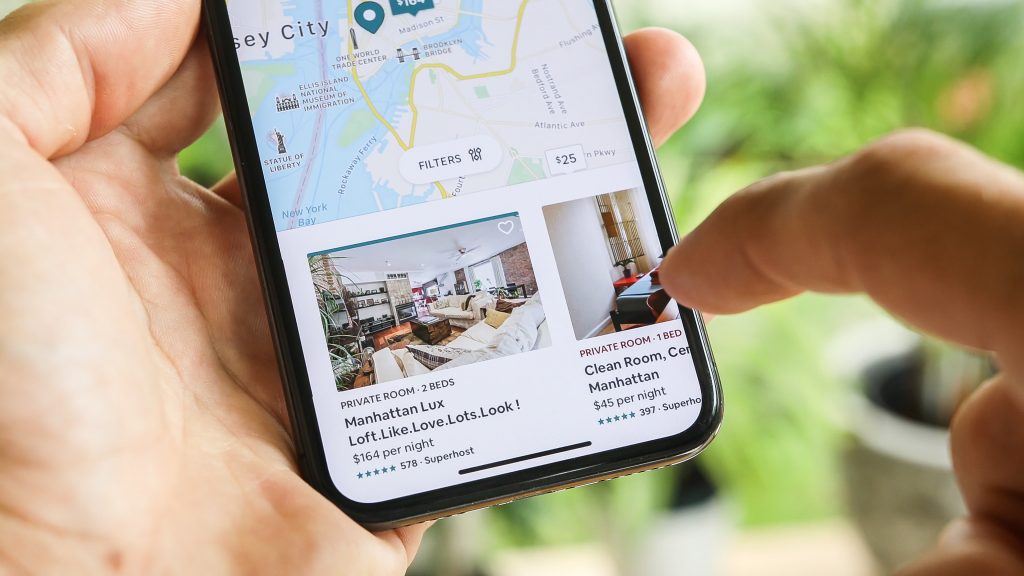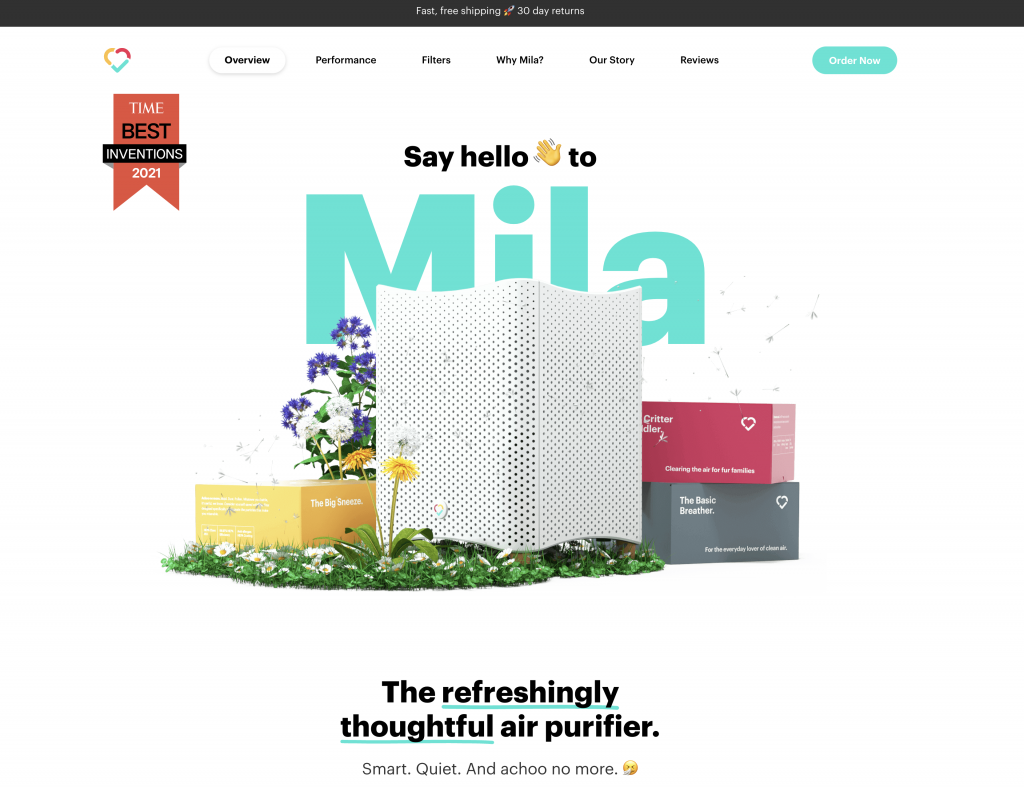Trying to create a successful Google Ads campaign? Want to make sure you get plenty of clicks and conversions? Then Google Ads Optimisation is a must!
Creating a well-optimised Google ads campaign can work wonders for your business.
However, it’s important to make sure you do it right. If your ads aren’t receiving enough clicks, you probably haven’t optimised your ad campaign enough.
Luckily, we’re here to help. We’ll give you our 8 best Google Ads optimisation tips so you can make sure your ad is getting your business the results it needs.
Tip 1: Use All of the Fields Available
The first thing you’ll want to remember when creating a Google ad is to make sure you use all of the fields that are available to you. Each description field or headline field that you can edit is an opportunity to sell your product and tell people more about what your business is all about.
With PPC ads, you’ll be able to add a first and second headline, a description, and a customised display URL. Make sure you utilise every single one of these to sell your product and describe its benefits so that you’re making your ad as powerful as it can be.
Tip 2: Review your Campaign’s Performance per Device, Location and Time
Reviewing three key factors can go a long way in making sure your Google Ads optimisation is done as best as possible!
- Device Targeting
Is your product/service made specifically for a device in mind? Or maybe your target market research has revealed that a large portion of your customer base primarily use a specific device? Device targeting allows your ads to display to a device of your choosing. For example, if you sell phone accessories, you can create ads specifically targeting mobile phone users. You can then set your campaign to target this device (which can be found in Settings).

- Location Targeting
If your product or service is location specific you can utilise Google Ads Location Targeting to only target those who are in said locations. You can also use Location Targeting to optimise your campaign and help you focus more of your efforts and budget into locations where your business is most successful. For example, have you found that your online ads are performing incredibly well in NSW? You might want to capitalise on this by creating ad and ad copy specifically designed for NSW customers!
- Time Targeting
Discovering at which time and which days your campaign performs the best can take your entire campaign optimisation to another level. Time targeting (also known as day parting) allows you to adjust your bids, reallocate budget and set your ads to run during certain days or hours of the day. This can help your ads get more visibility and exposure.
Tip 3: Review and Refine your Keyword List
Your keyword list and the keywords that make up that list are an integral part of your Google Ads optimisation strategy. It’s definitely worth your time to review your keywords and make sure they are relevant and align with the product or service you are offering. Also, don’t be afraid to add keywords you feel may be relevant to your target audience! Tools like Google’s Keyword Planner are a great way to add to your keyword list.

Optimising your keyword list is an ongoing process. You’ll have to track the performance of your keywords and delete keywords that are irrelevant or are not generating conversions. Deleting costly but poor performing keywords can save you money. This saved money can then be allocated to keywords that are performing well.
Tip 4: Make Use of Negative Keywords
Speaking of keyword optimisation, don’t forget about Negative Keywords! Negative keywords are often overlooked by business owners. However, they can be incredibly powerful for helping to improve your clicks and conversions.
Negative keywords are words that are often searched for along with the keywords you’re targeting but are irrelevant to what you’re selling. By listing negative keywords in your ad campaign you’ll avoid having your ad shown when people are searching for things that aren’t related to your product.
Using negative keywords will save you money and can improve your conversion rates. It will also ensure that Google isn’t wasting any time showing your ad to an irrelevant audience.
Tip 5: Choose the Right Match Types
One more thing you’ll want to remember when creating your ad campaign is to choose the right match types to use. With Google Ads, you can choose from a broad match, modified broad match, phrase match, and exact match types. The different match types vary mostly in that they’ll affect how many impressions your ads get vs how relevant the people who see your ad will be.
If you’re aiming for brand awareness or want a lot of impressions, then broad match might be the better choice. However, in most cases, a business will likely want to use the exact match type. Exact match ad campaigns will get fewer impressions but will be more relevant, meaning you’ll get better click-through rates and more conversions.
Tip 6: Testing your Ad Copy
Now that you’ve optimised your campaign to show your ads to the right people at the right time, you need to ensure that your ad copy is generating as much clicks and conversions as possible! But how do we optimise our ad copy? You can do this by testing different variations of you copy to see which performs the best. This is known as Split Testing.

You can test almost all aspects of your ad copy. This include the offer itself to the call to action that we have touched on beforehand. Which words perform better? Is longer copy more effective than shorter copy? You can find out these answers and then implement them into your ads for the best return on investment.
Tip 7: Consider using Ad Extensions
Ad Extensions are a feature of Google Ads which displays extra information about your business alongside your ad. There are several types of Ad Extensions and some of these include:
- Call Extensions: display the phone number of your business.
- Location Extensions: displays your business address or redirects your ad to a Google My Business page which will have your business address displayed.
- Sitelinks Extensions: links additional landing pages within your ad.
- Callouts Extensions: displays the most important bits of information about your product or service in bullet point format.
- Review Extensions: displays reviews left by previous customers.
All businesses should take advantage of these extensions as they can help generate more clicks and conversions!
Tip 8: Complete the Conversion with an Attractive Landing Page
While not technically a part of your Google Ads campaign, your landing page that appears once your ads are clicked on must be able to turn that click into a conversion! Your efforts in optimising your ad keywords and targeting won’t amount to much if your landing page doesn’t convince the customer to make a purchase.

So how do we ensure are landing page does so? Here are some elements that you should think about including in your landing page:
- The Headline: a strong, short, compelling headline is a must as it is the first thing visitors will read on your landing page. Make sure it aligns to the ad that has led them to your landing page in the first place!
- Persuasive Copy: the copy on your landing page should provide information and emphasise the benefits of the product or service you are offering. How will it solve the problem that they have? How can it convince them that your offering is what they need? You should explain and highlight your unique selling proposition/points (USPs).
- Visually Appealing Images: Attractive and eye-catching images can help push your offering even further; they are able to create and shape initial impressions of your product/service and brand.
- Strong Call to Action: Your call to action (CTA) needs to be simple, direct yet eye-catching and easy to find. Having a CTA which is small and hard to find can be a roadblock, preventing your customer from buying your product or service. Instead, make it easy for customers to see and have it contain explicit directions/buttons to help convert and make sales.
- Testimonials, Review or Case Studies: these are great in convincing customers who are in need of a little more push to buy your offering. Examples of other customers’ past (good) experiences helps build trust and can help convince them to make a purchase.
Optimising your Google Ads Campaign is a Marathon not a Sprint
Taking these tips in and executing them isn’t a one-off event. Unfortunately, you can’t just set it and forget it (how good would that be?). Optimising your campaign is something you need to be doing often! Make testing and optimising your campaign into a habit; this way you can ensure you are getting the maximum return on your investment!
So while it will be a continuous task to optimise your Google ad campaign, using these Google Ads optimisation tips will let you know where to start. It will also help you speed up the process and eventually ensure that your ad is helping get your business results. Make sure you use the tips above if you’re serious about making Google Ads work for your business online.
Looking for more help with your Google Ads optimisation strategy? Check out the rest of the ZipZipe blog to learn more ways to grow your Google Ads campaign.




